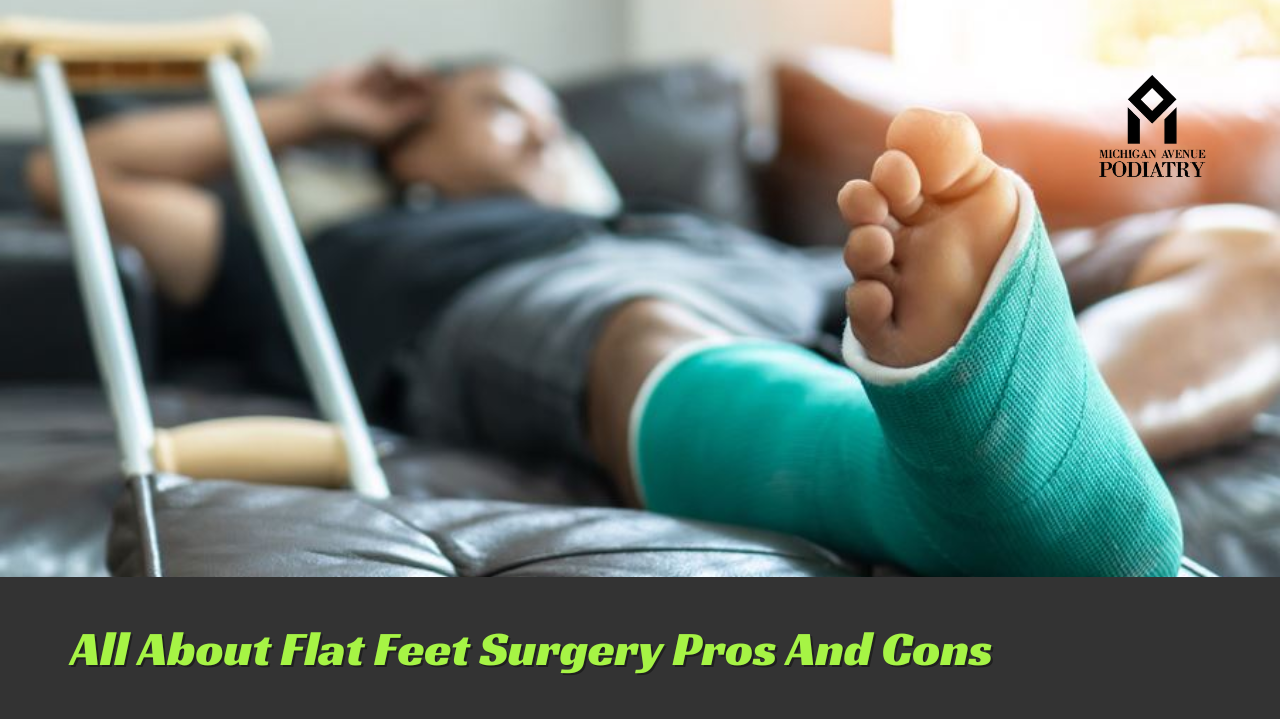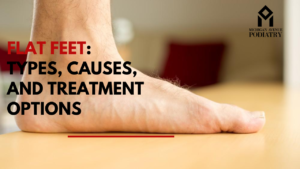Flat feet, a condition characterized by the absence or low arches in the feet, can pose challenges and discomfort for individuals in their daily lives. While conservative treatments such as orthotic devices and physical therapy are often effective, some cases may warrant surgical intervention. In this comprehensive guide, we delve into the pros and cons of flat feet surgery, empowering individuals with knowledge to make informed decisions about their treatment options.
Understanding Flat Feet: A Primer on the Condition
Flat feet, medically known as pes planus, occur when the arches of the feet collapse, causing the entire sole to come into contact with the ground. This can result in symptoms such as pain, swelling, and difficulty with balance and mobility. Flat feet may be congenital or acquired due to factors such as injury, aging, or prolonged standing.
Exploring Flat Feet Surgery: A Viable Treatment Option
For individuals with severe symptoms or failed conservative treatments, flat feet surgery may offer a path to relief and improved function. Surgical interventions aim to correct anatomical abnormalities, restore arch height, and alleviate associated symptoms. Let’s examine the potential benefits and drawbacks of flat feet surgery:
Pros of Flat Feet Surgery:
- Pain Relief:
- Surgical correction can alleviate chronic foot pain and discomfort associated with flat feet, enhancing overall quality of life.
- Improved Functionality:
- By restoring arch height and realigning the foot structure, surgery can enhance foot function, mobility, and balance.
- Prevention of Further Damage:
- Addressing structural abnormalities through surgery can prevent progression of deformities and mitigate the risk of future complications.
- Enhanced Quality of Life:
- Relief from symptoms and improved foot function can lead to increased comfort, participation in activities, and overall well-being.
- Customized Approach:
- Surgical techniques can be tailored to individual needs, addressing specific anatomical abnormalities and optimizing outcomes.
Cons of Flat Feet Surgery:
- Surgical Risks:
- As with any surgical procedure, flat feet surgery carries inherent risks such as infection, bleeding, and anesthesia complications.
- Recovery Time:
- Recovery from flat feet surgery may involve a prolonged period of immobilization, restricted activity, and rehabilitation, impacting daily routines.
- Potential for Complications:
- Complications such as delayed healing, nerve injury, or recurrent deformity may occur, necessitating further intervention or prolonged recovery.
- Cost and Insurance Coverage:
- Flat feet surgery can be costly, and insurance coverage may vary, posing financial considerations for individuals considering surgery.
- No Guarantee of Success:
- While surgery can provide significant relief for many individuals, there is no guarantee of complete resolution of symptoms or perfect outcomes.
Navigating the Decision: Factors to Consider
When weighing the pros and cons of flat feet surgery, several factors should be taken into account:
- Severity of Symptoms: The extent of pain, functional limitations, and impact on daily activities can guide the decision-making process.
- Response to Conservative Treatments: Individuals who have exhausted conservative treatments without significant improvement may be candidates for surgery.
- Surgical Risks and Recovery: Understanding the potential risks, recovery process, and expected outcomes is essential for informed decision-making.
- Patient Preferences and Goals: Aligning treatment options with individual preferences, lifestyle, and treatment goals is crucial for satisfaction with the chosen approach.
The Role of a Podiatrist: Guiding Your Treatment Journey
Throughout the evaluation, decision-making, and post-operative care process, a podiatrist plays a pivotal role as a trusted partner and expert resource:
- Comprehensive Evaluation: A podiatrist conducts a thorough assessment, including imaging studies and biomechanical analysis, to determine the most appropriate treatment approach.
- Informed Decision-Making: Educating patients about the pros and cons of flat feet surgery, as well as alternative treatments, enables them to make informed choices aligned with their needs and goals.
- Personalized Care: From preoperative planning to post-operative rehabilitation, a podiatrist provides personalized care, support, and guidance, optimizing outcomes and enhancing patient satisfaction.
Conclusion: Empowering Decision-Making Through Knowledge
In conclusion, while flat feet surgery offers the potential for significant symptom relief and functional improvement, it is essential to weigh the pros and cons carefully and consider individual circumstances and preferences. By partnering with a knowledgeable podiatrist and engaging in informed decision-making, individuals can navigate their treatment journey with confidence and achieve optimal outcomes.



